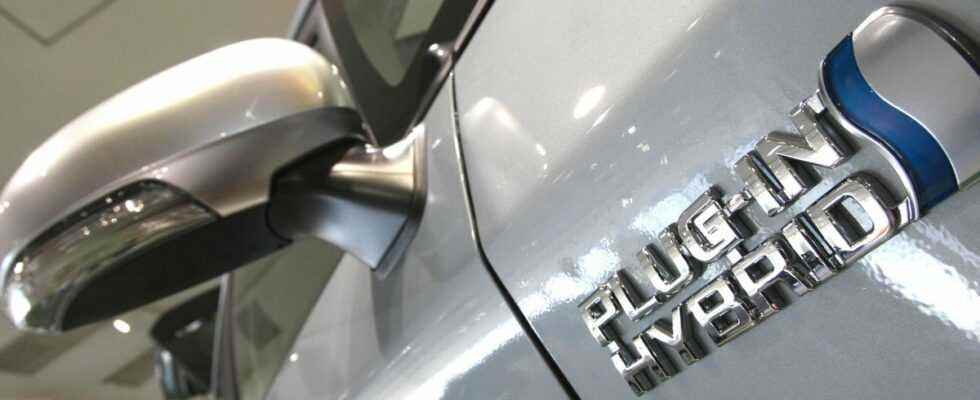Plug-in hybrids are either seen as the unloved stepchild of e-mobility or as a motor for switching to e-cars, but without the risks. The semi-electric vehicles with combustion engines are not undisputed. There are good reasons for it.
Driving electric because of: So much swallow plug-in hybrids
The positive Climate effect in plug-in hybrids (PHEV) depends on use. If you drive a lot electrically, you can reduce CO₂ emissions. If you don’t want to drive electrically, you can simply get a combustion engine with a discount of a few thousand euros.
No wonder, that PHEVs are under criticism, the funding will probably not be continued. A study by the Fraunhofer Institute for Systems and Innovation Research (ISI) and the research organization International Council on Clean Transportation (ICCT) now shows how great the apparent self-deception is when driving hybrids.
This shows that the real consumption of the vehicles is far higher than the official figures. About “three times as high as in the official test cycle”, the consumption of PHEVs should be on average, “For company cars, it’s even five times as high,” explains Patrick Plötz, the main author of the study.
A look at the bare numbers shows how shockingly large the difference is: The real fuel consumption for private PHEVs is on average between 4.0 and 4.4 liters per 100 kilometers, according to the ISI. For company cars, it is 7.6 to 8.4 liters. According to the official WLTP value, which the manufacturers specify, the consumption of PHEVs is on average around 1.6 or 1.7 liters per 100 kilometers – in extreme cases Jump from under 2 liters to well over 8.
The reasons that speak in favor of e-cars today only apply to hybrids to a limited extent:
Problem with hybrids: Huge majority is driven with fuel
The drivers are not innocent of these values: while privately used PHEVs are driven electrically up to 49 percent, the proportion of company cars is only up to 15 percent. The researchers are therefore demanding as planned to link the promotion of hybrids to electric driving – at least 80 percent. Abolishing hybrids together with combustion engines from 2035 is considered right. Manufacturers also want to be made more responsible with more real values for the WLTP cycle.
Collected for the study Data from around 9,000 hybrid vehiclesfrom previous surveys, but also experiences of hybrid drivers from online surveys.
